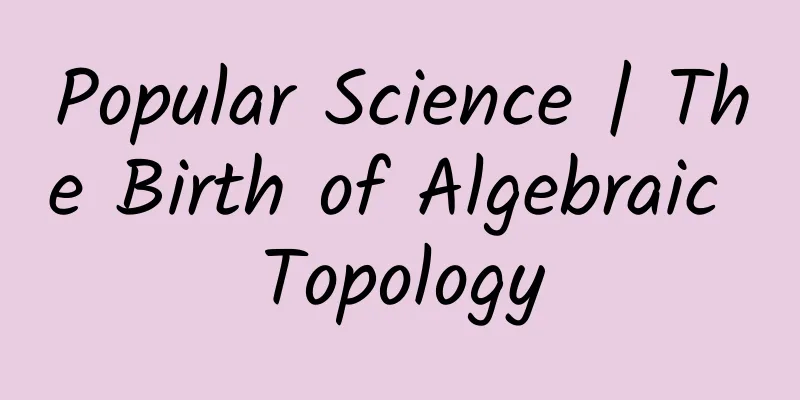What are the medicinal values of Pseudostellaria heterophylla

|
Even if you are not a medical student, you know that ginseng is a very precious medicinal material. It is not only widely used in traditional Chinese medicine, but also has great effects in beauty and health. Pseudostellariae is also relatively precious among ginseng medicines, but many people don’t know what it is used for. Here I will introduce to you some relevant knowledge about Pseudostellariaee. Medicinal value Pseudostellariae Radix Prince ginseng is also called baby ginseng and child ginseng. Just hearing these names, even many doctors who deal with this medicinal ingredient in prescriptions every day would take it for granted that it must be the name of young ginseng. In ancient times, there were indeed many medical books that called the "small ginseng" Prince ginseng. But in the past hundred years, people have discovered a plant from the Caryophyllaceae family that has some effects similar to ginseng, but is far inferior to ginseng. The reputation of Prince ginseng was thus given to this emerging medicinal material as "new wine in old bottles". Pseudostellaria heterophylla of the Caryophyllaceae family, also known as Pseudostemon heterophylla, is a perennial herb with slender stems, opposite leaves, white flowers in summer, and spindle-shaped tubers underground. It is mainly produced in Jiangsu, Anhui, Shandong and other provinces in China. It grows in the soft and fertile soil under mountain forests. Currently, it is artificially cultivated in most production areas. Radix Pseudostellariae is mild in nature, sweet and slightly bitter in taste. It has the effect of replenishing qi and promoting body fluid, and is widely used in clinical Chinese medicine. It can be used for patients with symptoms of Qi and Yin deficiency such as dry mouth, irritability, palpitations, insomnia, fatigue, poor appetite, hot hands and feet. It can be used in combination with other medicines or taken alone as a warm decoction. The commonly used dose is 10 to 30 grams, which can be increased or decreased according to the condition of the disease. For those who have been ill for a long time and are weak and have damaged spleen and stomach, and have symptoms such as decreased appetite, fatigue, and spontaneous sweating, they can use it in combination with yam, lentils, and barley sprouts that have the effect of strengthening the spleen and digesting food, or take 15 grams of Pseudostellaria baicalensis and 20 grams of lotus seeds, add water and cook until the lotus meat is well cooked, eat the lotus meat and drink the soup; in the recovery period of febrile illness, there will be symptoms of both qi and yin damage, such as dry mouth, irritability, shortness of breath and fatigue, etc. Pseudostellaria baicalensis can be used together with Rehmannia glutinosa, Anemarrhena asphodeloides, Ophiopogon japonicus, and Bamboo Leaves; in autumn or warm winter, the lungs are extremely susceptible to damage by warm and dry evil spirits, and the onset of the disease often presents symptoms such as fever, dry mouth and nose, thirst, dry cough, shortness of breath, and little sputum. Pseudostellaria baicalensis can be used together with Adenophora stellariae, Ophiopogon japonicus, Lilium bulgurii, Fritillaria thunbergii and other yin-nourishing, lung-moisturizing, cough-relieving and phlegm-resolving medicines. The above is some information about the medicinal effects of Pseudostellaria heterophylla. In fact, there are many precious medicinal materials among them, but just because they are precious does not mean that you can eat more of them. Sometimes the human body is not suitable for eating some medicinal materials, just like Pseudostellaria heterophylla is not suitable for everyone. |
<<: The difference between taking Pseudostellaria heterophylla and American ginseng
>>: American ginseng health food recipes
Recommend
Why can’t I listen to music and chat at the same time? Is it because I’m stupid?
Audit expert: Yin Tielun Deputy Chief Physician, ...
Invisible "foreign body": What should you do if breast nodules are detected during a physical examination?
"Nodules", "polyps", "cy...
The efficacy and function of Polygonum aviculare
Do you know what Polygonum aviculare is? It is a ...
The most powerful aid for jungle archaeology - LiDAR
Human beings are small but tenaciously multiplyin...
The efficacy and function of Li Nucleolus
What are the functions of li hexin? As a traditio...
You must have heard of this virus "nemesis" but you have never seen it
There is a plant whose leaves and roots are both ...
A 2-year-old girl died after accidentally eating weight-loss chocolate. Why was this chocolate so "poisonous"?
Recently, a 2-year-old girl accidentally ate seve...
The efficacy and function of Amaranthus aurantii
We know that there are many kinds of Chinese medi...
The efficacy and function of the leaves of the stone windmill
As people's research on traditional Chinese m...
It’s not enough to just capture the carbon, you also have to “lock it up”!
You know, it is difficult to preserve the gas in ...
What are the medicinal values of fresh Shikui?
You may not have eaten fresh Shikui yet. It is a ...
What are the medicinal effects of Ma Shicai?
Ma Shicai is a very common wild vegetable and is ...
I feel tired all the time and I get out of breath when I move. What's wrong with me? It may be a sign of heart failure!
Feeling tired, listless, and sleepy I feel tired ...
Effects and eating methods of palm ginseng
Palm ginseng, also known as Buddha's hand gin...
Black dog wolfberry effect and function
Wild black wolfberry is also called black wolfber...









